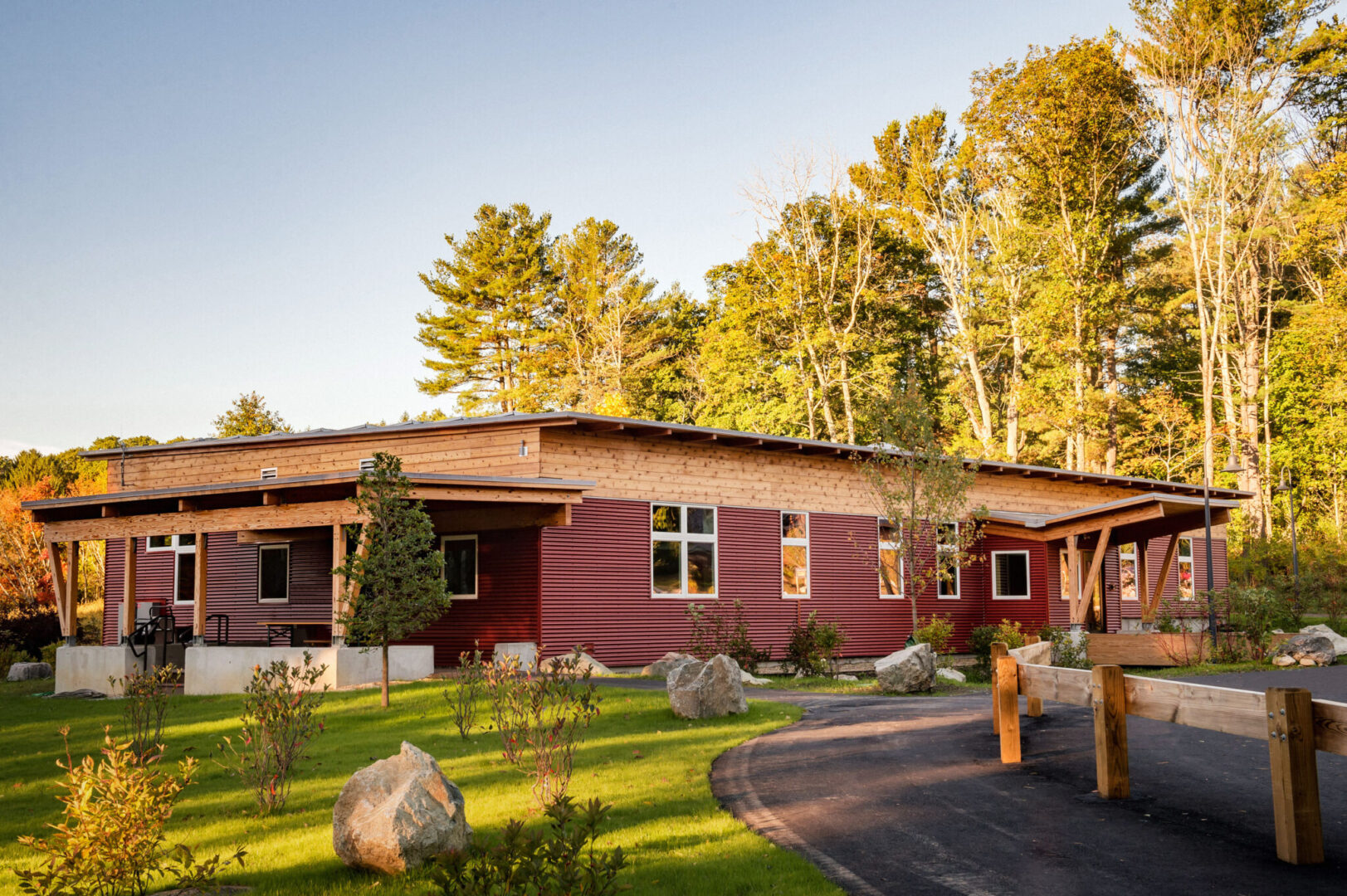In 2018, Chapman completed the construction of MA Audubon’s Environmental Learning Center (ELC) at their Drumlin Farm Wildlife Sanctuary. Designed to achieve a Zero Energy Building certification, the building is fossil fuel-free and powered primarily by onsite renewable energy. A major contributor to these achievements was the construction of an airtight, well-insulated building enclosure.
At the time of completion, the building envelope proved to be exceptionally tight with a measured air leakage rate of 0.26ACH50, which exceeds Passive House requirements by 67%. This result is one of the lowest in New England and was achieved by thoughtful collaboration with MA Audubon, Maclay Architects, and Chapman’s subcontractors. While the initial results are important, post-occupancy monitoring and measuring are crucial steps in verifying the accuracy of the model. Four years later, the ELC continues to exceed expectations. The post-occupancy air leakage test maintained a result of 0.26ACH50, which validates the building’s durability and construction quality.
In addition to measuring air leakage, the team examined the building’s Energy Use Intensity (EUI). EUI is a commonly used metric to benchmark and compare a building’s energy performance. A net-zero energy building typically falls within a EUI range of 15-25 kBtu/sf-yr. A recent analysis of the ELC’s metered building energy data verified that the building has a EUI of 16 kBtu/sf-yr for 2021, which is the low end of the EUI scale for net-zero energy buildings.
Eliminating carbon emissions from buildings has never been more important as we continue to experience the impact of climate change here in New England. The Environmental Learning Center is a great example of how we can eliminate operational carbon and minimize a building’s impact on the environment through careful collaboration, thoughtful design, and quality construction.
Click here for more info and photos of the ELC project.


